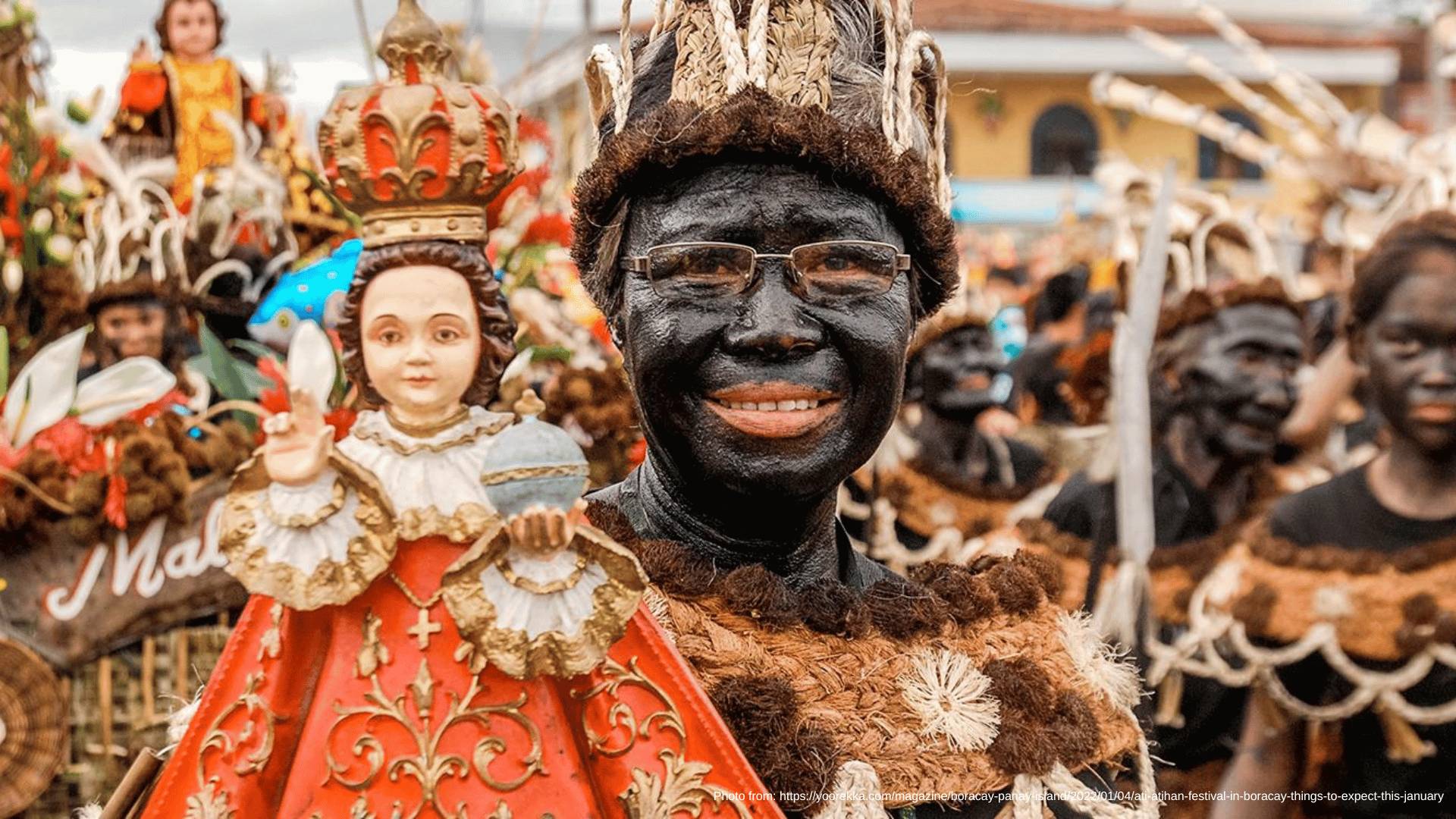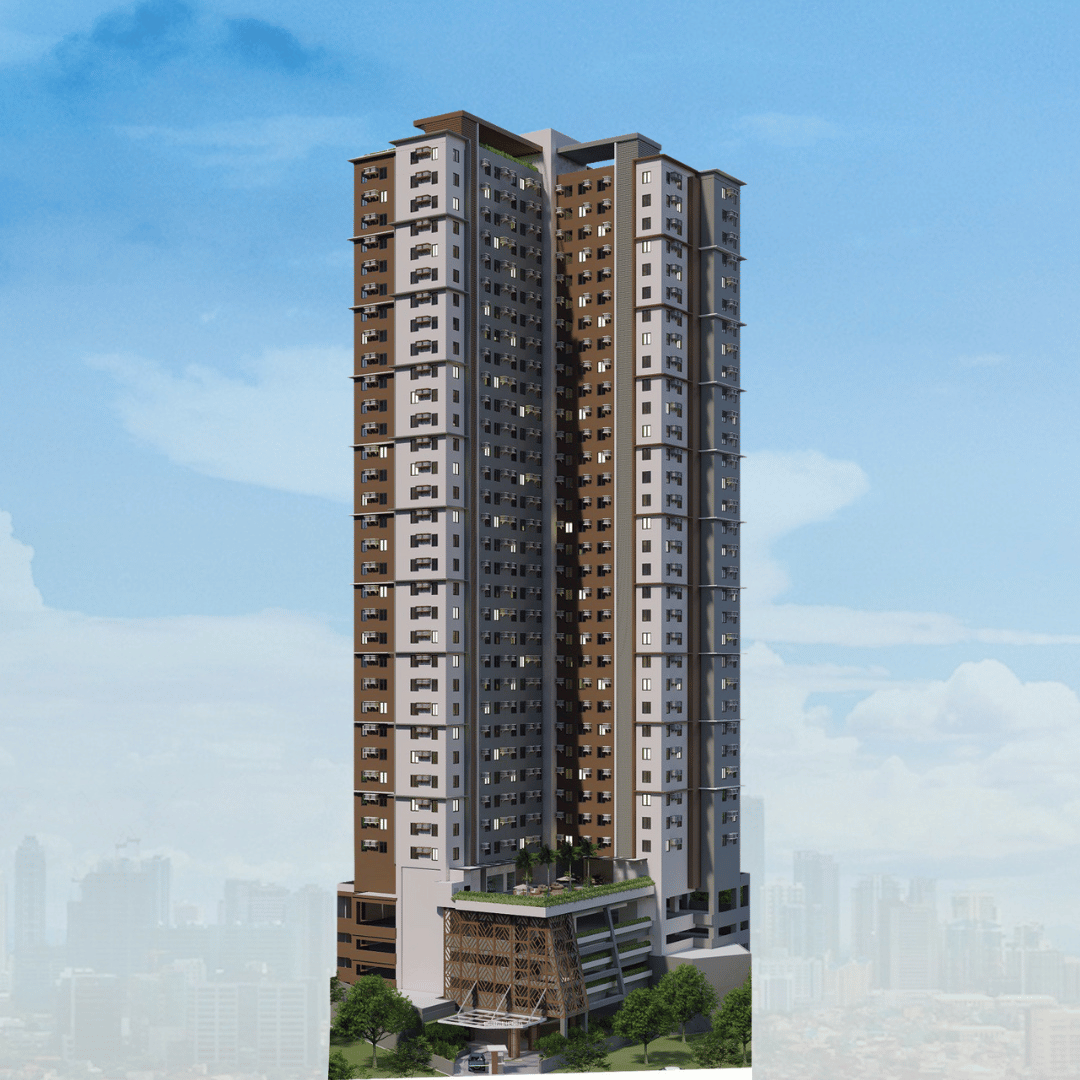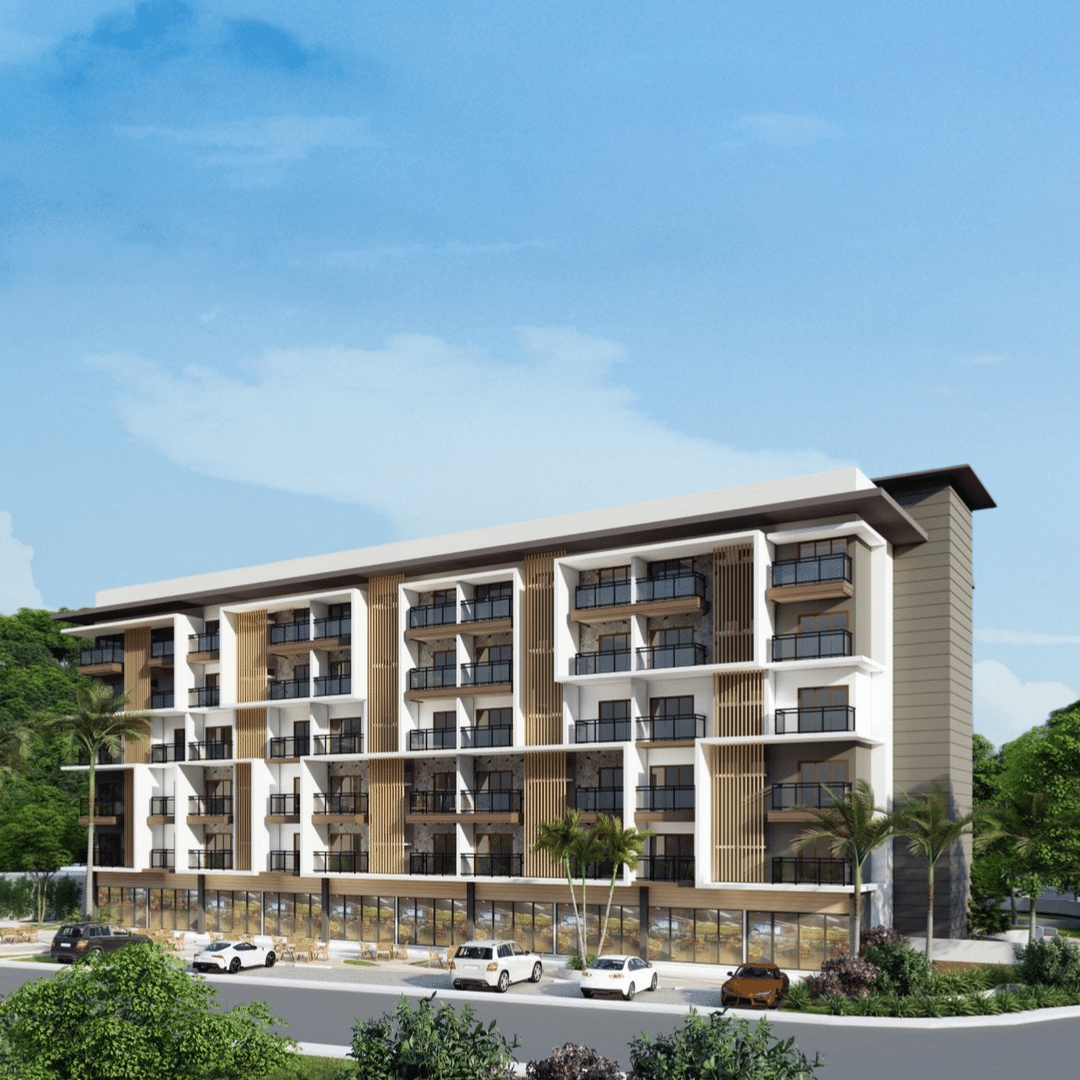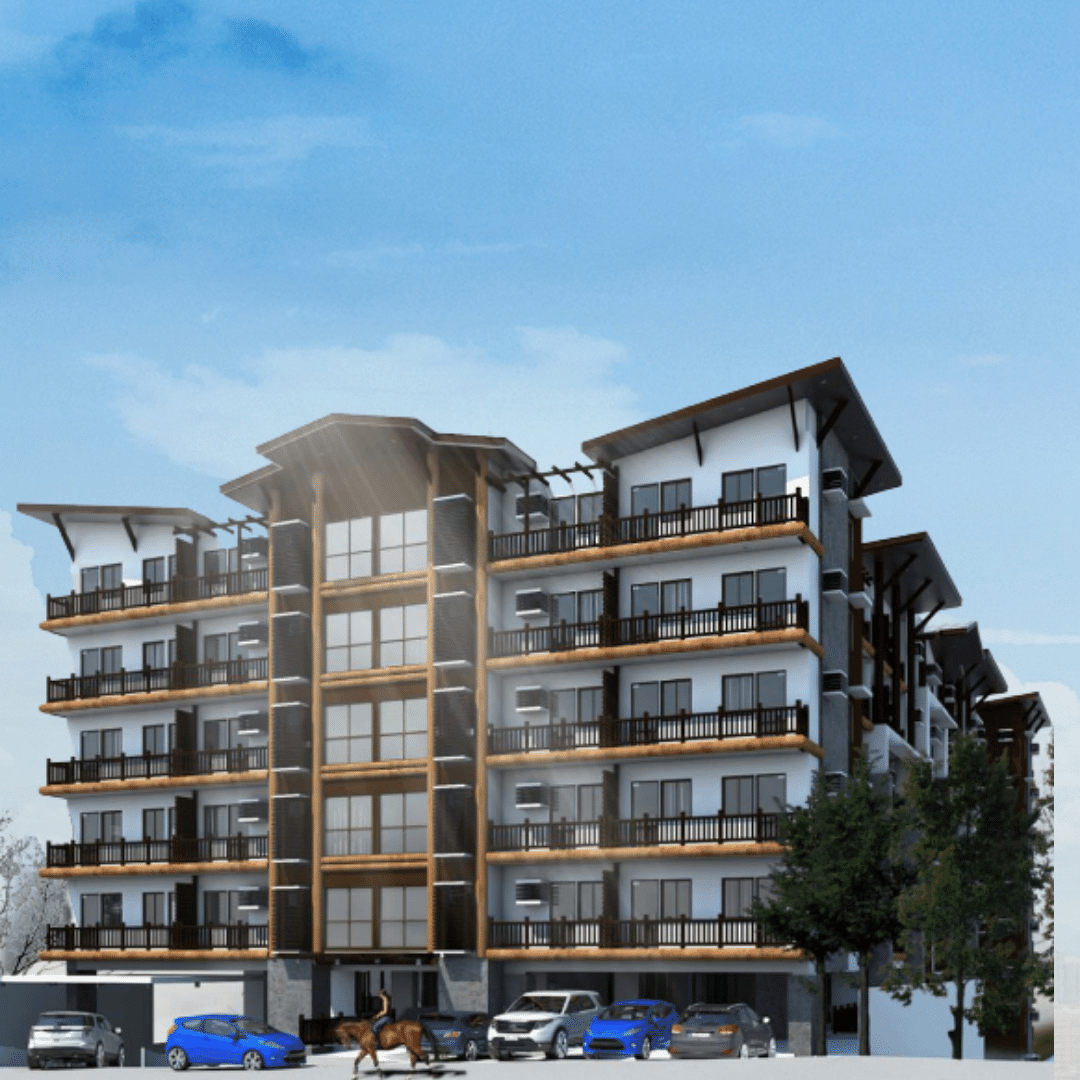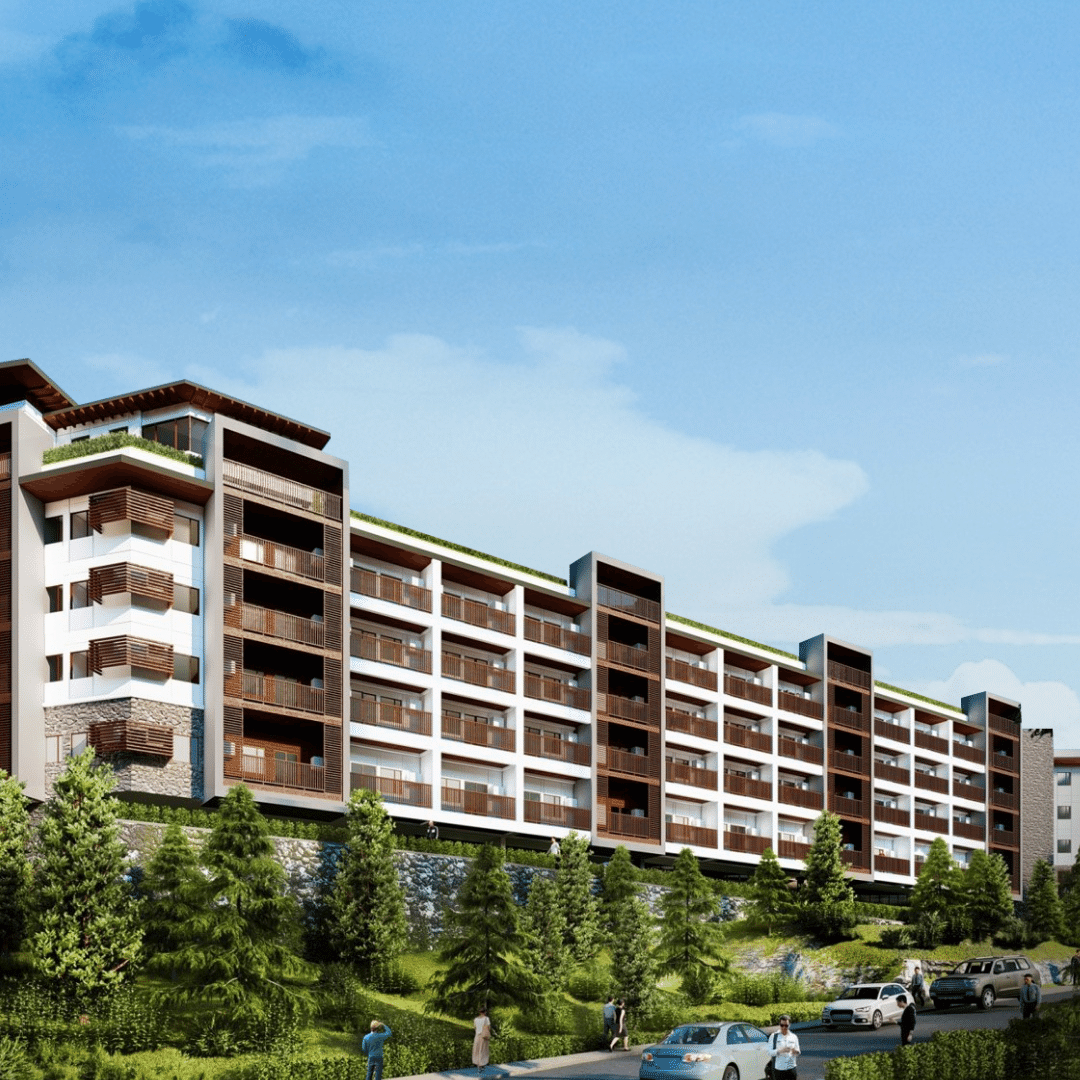New year – also means the beginning of the annual celebration of different festivals in the Philippines. Festivals are one way for people to see and experience the culture in a certain city.
Filipinos are so fond of different cultures. Some festivals begin as early as January, such as Sinulog, Ati-Atihan, and Dinagyang, which will be discussed later in this blog. Festivals in the Philippines usually have various events such as street dancing, street parades, music concerts, and pageant nights. But, before introducing the main character for this blog, did you know that in the Philippines, every month, there are cities that celebrate their fiesta? Approximately, there are 42,000 major and minor festivals celebrated in the country. Hence the majority of these are held at a village (barangay) level. Moving on, hop in and experience the wonderful culture of the Philippines and get to know one of the country's vibrant festivals– the Origin Ati-Atihan Festival.
As early as January, festivals are celebrated in different parts of the country. One of these is a celebration held in honor of the Infant Jesus or the Holy Child – Sto. Niño, also known as the Ati-Atihan Festival, in Aklan, Panay Island. The Ati-Atihan Festival means and is connected to where it is celebrated annually – ‘making like Atis’ or pretending like the Aboriginal native people that once inhabited Aklan. The origin of Ati-Atihan festival has a different origin. One of these is the acceptance of the gifts by the Aeta from the Bornean chief, called datu. The Ati-Atihan festival history started back in the 13th Century. Began with the Malay immigrants – a group of lighter-skinned people from Borneo began to show their respect by painting their faces black for the Ati people and singing and dancing to show their gratitude for the land and the goods that were offered to them.
Where specifically is the Ati-Atihan festival? It is celebrated in the city of Kalibo, the capital of the Province of Aklan, as early as the first week of January until the 3rd Sunday of the month. The annual festival consists of parades and religious processions you can encounter in the province's streets. The Ayi-Atihan festival showcases the colorful costumes of street dancers, grand-themed floats, dance troupes from different tribes, and music bands. Moreover, you can also encounter people with black paint on their faces with different patterns. One of the most anticipated events during the festival is the street parade, also known by the locals as “Sadsad.” It refers to a particular way of dancing – placing foot on the ground, dancing, and shuffling quickly in accord with the rhythm played by the bands.
During the festival season, so many people come from different parts of the country, perhaps visitors from all over who merge on this island to join in the celebration. The festival's highlight is three-day, three nights of dancing and drinking – air filled with different bands, colorful streets, and colorful costumes. Ati-Atihan is the Mother of all Festivals, as it shows on the records that it is the festival that served to many festivals an impetus and inspiration, either big or small, across the country. Ati-Atihan also carries a deeply religious significance. A faith healing tradition or pilot where a Catholic priest rubs the devotee's body with the image of the Infant Jesus or the Sto. Niño. There are many beliefs that this ritual heals both body and soul.
On the last evening of the festival's last day, there’s an event called the Torch Procession as the mark of the end of Ati-Atihan. The dark surrounding of the town lit with the glow of handheld torches that, give a wonderful moment to end the festival.
Aside from Ati-Atihan, during early January, it also celebrates the two biggest festivals in Visayas Region. Sinulog Festival in Cebu and Dinagyang Festival in IloIlo. The fun-filled and vibrant experience is two of many reasons why people are coming back to these festivals. Ati-Atihan, Sinulog, and Dinagyang Festivals are not far from what is being celebrated – the three festivals are all related to the Infant Jesus/ Holy Child or the Sto. Niño.
Sinulog Festival is one of the countries marked festivals. The Santo Niño de Cebú is considered one of the most famous historic relics of the country. This came from our history, where Ferdinand Magellan 1521, a Portuguese explorer, handed the baby Jesus to Rajah Humabon of Cebu. This origin was considered one of the most remarkable events of the Philippines' religious history as, in this event, Christianity in the country was born.
Sinulog comes from the Cebuano word “slog,” which means “like water current movement,” which portrays the forward-backward step of the Sinulog dance. Sinulog Festival is held annually on the third Sunday of January in Cebu. Same as the people in Ati-Atihan, so many races love the Sinulog festival. So make sure to book your accommodation in advance. On the side, Cebu is one of the fastest-growing cities in the country. Some choose to invest in real estate and business in the city. One of the pre-selling condos in Cebu is the Suarez Residences Cebu of Vista Residences. You can experience a remarkable condo living in the city. This premier condominium in the Queen City of the South, aside from condominium property, is a mixed-use of commercial, condotel, and hotel. It offers a lot of good features and amenities as well that you may enjoy upon your stay.
Lastly, for Dinagyang Festival, it traces the history of the Filipino’s devotion to the popularly known Sr. Sto. Niño or the Holy Child Jesus. Ati-Atihan and Dinagyang have the same history of commemorating the legendary barter and the arrival of the Malay settlers. It is also celebrated in the first month of the year in the city of Iloilo. One of the highlights of the Dinagyang Festival is the Ati Tribe Competition on the last Sunday of January. Colorful tribal costumes, impressive choreography, and props that present different culture is the one you should watch out for during the festival.
For more information on Vista Residences, email info@vistaresidences.com.ph, follow @VistaResidencesOfficial on Facebook, Twitter, Instagram, and YouTube, or call the Marketing Office at 0999 886 4262 / 0917 582 5167.
